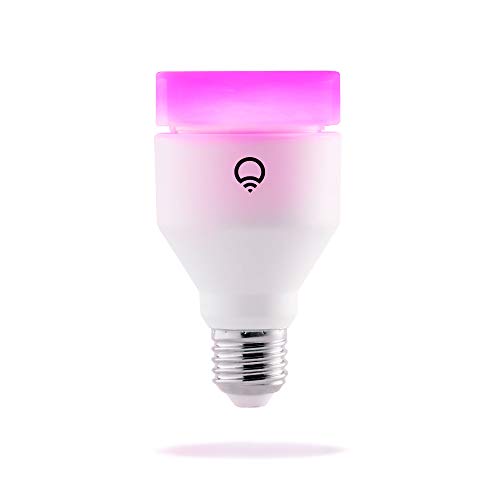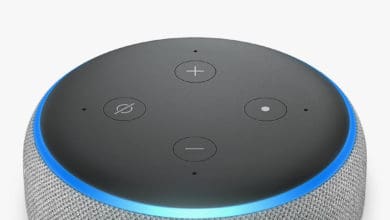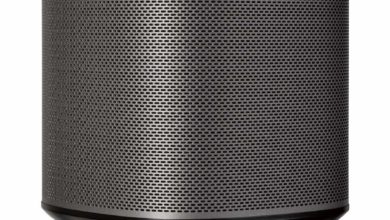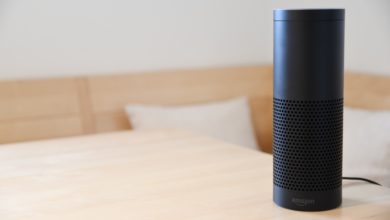Zigbee Devices Guide
Smart home ecosystems are reliant on a network for communication. Zigbee is one of the most common network protocols that is used within a smart home ecosystem as it is lower power and works as a mesh system.
If all of this seems like a load of confusing jargon do not worry as this article will explain to you what Zigbee is, its benefits and provide a list of compatible devices.
Related: Zigbee vs Z-Wave
Contents
What is the Zigbee Alliance?
The Zigbee Alliance is a technological organization that was founded in 2002 with the clear goal of standardizing IOT device communication protocols. It is made up by many members and participants who are involved in tech, with examples being Amazon, GE, IKEA, Honeywell, and Intel.
All these involved organizations have one goal: standardize how their devices talk with one and another.
Related: Z-Wave & Best Devices Guide
What is Zigbee & its benefits?
The main network protocol that the Alliance has built is Zigbee, a low powered mesh network that is the backbone for smart device communication.
Most of us will understand the role of Wi-Fi and Bluetooth connectivity, especially how it interacts with our everyday devices such as smartphones. These two are the most popular forms of device connection, but in the case of the smart home, they are not suitable or necessary.
This is due to:
- Smart home networks being small
- Smart home devices not needing an internet connection to work
- Costly energy prices associated with WiFi
Some smart devices such as hubs like the Amazon Echo do need an internet connection. But many, such as smart lighting, do not need one to work. All they require is a “go ahead” signal from a user or their smart hub, in a local manner.
Mesh networks such as Zigbee work in a manner whereby each device can communicate together in a chain. The smart hub is the center of this as it acts as a manager for all of these devices. The devices themselves are like team members and Zigbee is essentially the language.
The Zigbee network is low energy and does not drain bandwidth from Wi-Fi.
Zigbee Specs
Zigbee network specs include the following stats:
- Standard: IEEE 802.14.4
- Frequency: 2.4 GHz
- Range: 10-100 meters
- Data Rate: 20-250 kbps
- Device Limit: 65,000
There isn’t too much to be worried about when looking into these. Essentially, it works at a distance to cover your home, although speeds will drop significantly beyond a shorter range of 10-20 meters. This is due to the 2.4GHz frequency, which is what is used for the mid-distance range on a router.
Some of the other mesh network protocols, such as Z-Wave are a lower frequency which means they are slower at shorter distances but relatively better at longer ones.
The device limit is far more than anyone will exceed in there (unless someone can prove me wrong!).
Zigbee Smart Hubs
To take advantage of automating your home via Zigbee, you will need a hub that works well with both of these. The best smart hubs see Zigbee integration into their device as a mandatory requirement. It’s highly recommended to go for one of the established names in the smart hub market as they best tick the boxes when it comes to being as widely compatible as possible. This includes recommended hubs such as:
- Samsung SmartThings
- Wink Hub 2
- Amazon Echo Range
- Google Home
- Works with Amazon Alexa to support dimming, shades of...
- 16 million colors and warm to cool whites. LED...
- Easy to set up, built in wifi - no hub required
Zigbee Compatible Devices
There are over 2,000 certified Zigbee devices, so we will mention a few of the major brands for you. The Zigbee Alliance is like a library that is constantly trying to expand to as many different authors and genres as possible. The list will only grow to mirror the projected growth of the smart home industry over the next decade. The list of brands that have Zigbee certified devices are:
- Samsung SmartThings
- Schlage
- IKEA
- Lockwood
- Sengled
- Yale
- ADT
- Element
- Amazon
- OSRAM
- Wink
- Toshiba
- LG
This is really scratching on the surface of something much, much larger. Be sure to check each individual product for Zigbee certification before purchase.
- Works with Amazon Alexa to support dimming, shades of...
- 16 million colors and warm to cool whites. LED...
- Easy to set up, built in wifi - no hub required
Zigbee alternatives and the future
Zigbee is the best known IOT dedicated network protocol, although there are some others which are on the same level in regards to how widespread their compatibility is as well as how they operate. The best examples in addition to Zigbee are Z-Wave and Thread.
The goal for standardization of IOT communication is ironically hampered by the multiple organizations trying to achieve the goal. Ultimately, it seems to be the ability of smart hubs to work with these languages that hold the key to standardization.
The best smart hubs work with the most common protocols and can bring devices to work together despite their differing networks. Therefore, you shouldn’t be too concerned with these network types, but rather the quality of the smart hubs compatibility with them.





